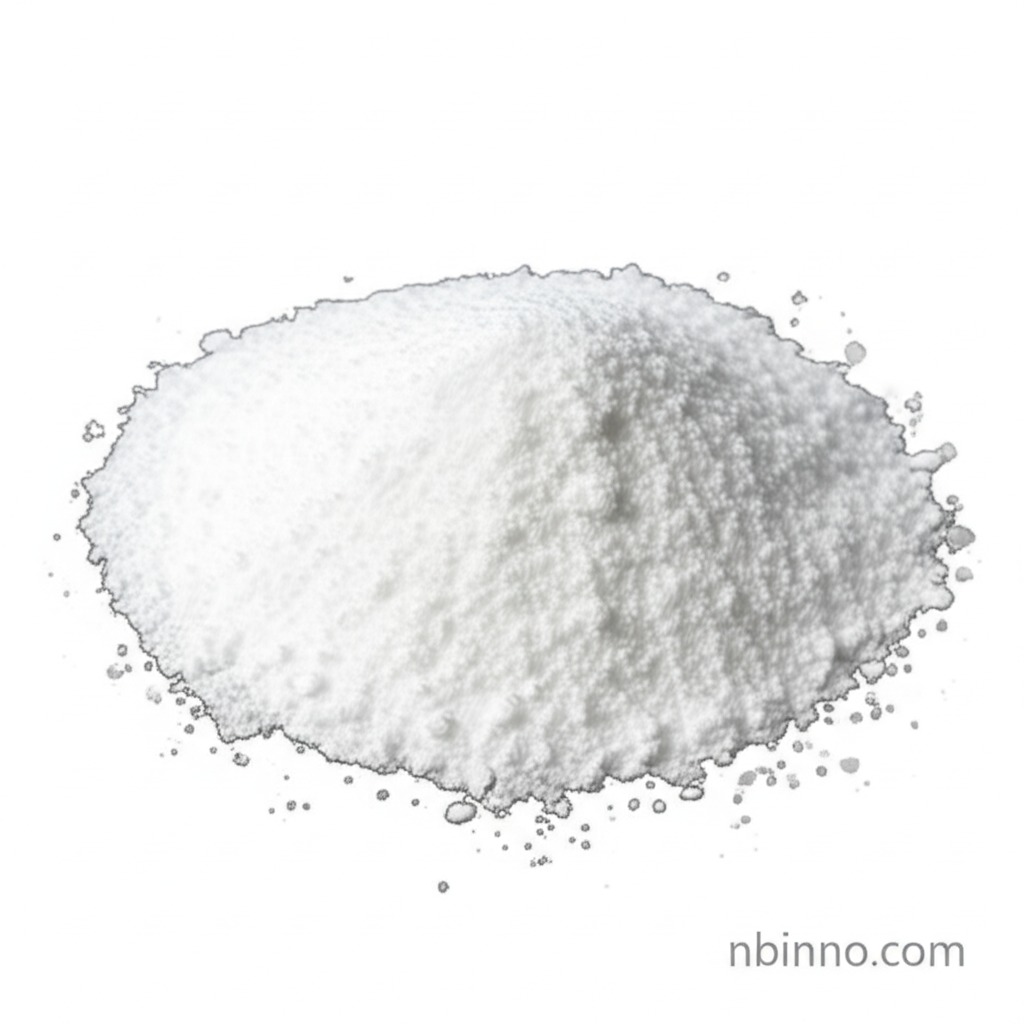Diphenylsilanediol: A Versatile Intermediate for Advanced Silicone Materials and Polymer Modification
Explore the essential role of Diphenylsilanediol in creating high-performance silicone materials and modifying polymers, offering enhanced properties for diverse industrial applications.
Get a Quote & SampleProduct Core Value

Diphenylsilanediol
As a leading supplier in China, we offer Diphenylsilanediol, a highly versatile organosilicon intermediate. It is critical for synthesizing advanced silicone materials, including silicone resins and phenyl silicone fluids. Its ability to undergo condensation reactions allows for the creation of inorganic-organic silicone polymers with exceptional mechanical and thermal properties, as well as unique optical characteristics. This makes it a key component for manufacturers seeking high-performance silicone materials.
- Diphenylsilanediol is a key intermediate for the synthesis of phenyl silicone oil and phenyl silicone resin, enabling the creation of materials with superior thermal stability and special optical properties.
- This compound serves as a crucial silicone rubber structure control agent, effectively reducing structural phenomena and enhancing the overall processability of silicone rubber products.
- It acts as a valuable modification intermediate for polymers like polyurethane, epoxy, and acrylic resins, imparting properties such as resistance to high/low temperatures and aging, vital for durable applications.
- Diphenylsilanediol is also recognized for its application as an early surface modifier for white carbon black, showcasing selectivity for surface active hydroxyl groups in high-reaction-temperature processes.
Advantages Provided by the Product
Enhanced Material Properties
By incorporating Diphenylsilanediol into polymer formulations, manufacturers can achieve enhanced resistance to extreme temperatures, radiation, and aging, leading to more durable and reliable end-products. This application is crucial for developing high-performance silicone materials.
Improved Processing Efficiency
When used as a silicone rubber structure control agent, Diphenylsilanediol helps to minimize structural phenomena, leading to improved processing performance. This directly translates to more efficient manufacturing and higher quality silicone rubber products.
Versatile Intermediate for Synthesis
Diphenylsilanediol's role as a chemical intermediate is vital for synthesizing a wide array of organosilicon compounds, including phenyl silicone fluids and resins. This versatility supports innovation in creating new materials with tailored properties.
Key Applications
Silicone Rubber Manufacturing
Utilized as a structure control agent to enhance the processability and performance of silicone rubber, a key aspect of producing durable silicone rubber products.
Advanced Polymer Modification
Serves as a modification intermediate for resins like polyurethane and epoxy, imparting improved thermal and aging resistance to create high-performance silicone materials.
Organic Silicon Material Synthesis
Acts as a foundational intermediate for synthesizing phenyl silicone oils and resins, contributing to the development of materials with specialized optical and thermal properties.
Surface Modification
Employed as a surface modifier for materials like white carbon black, improving their surface properties through selective reactions with hydroxyl groups.
